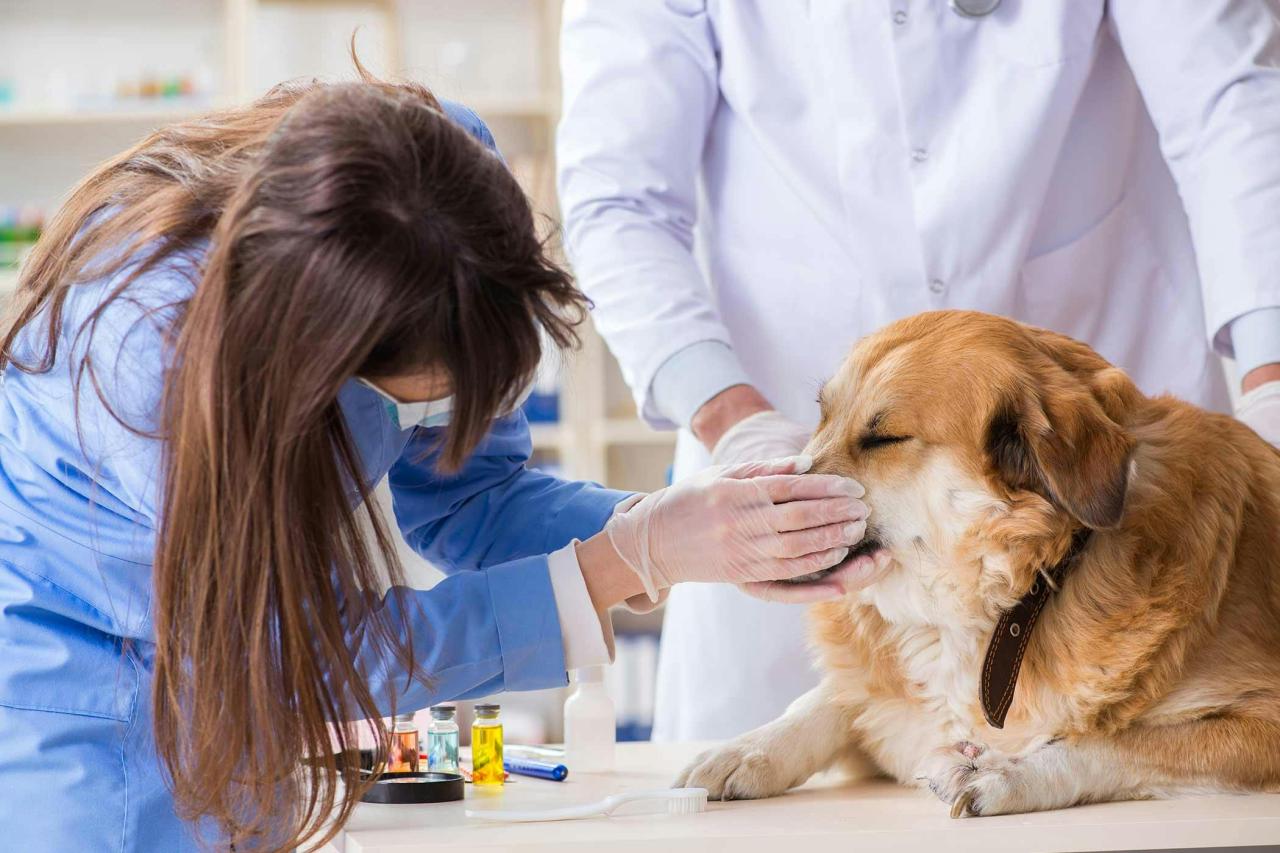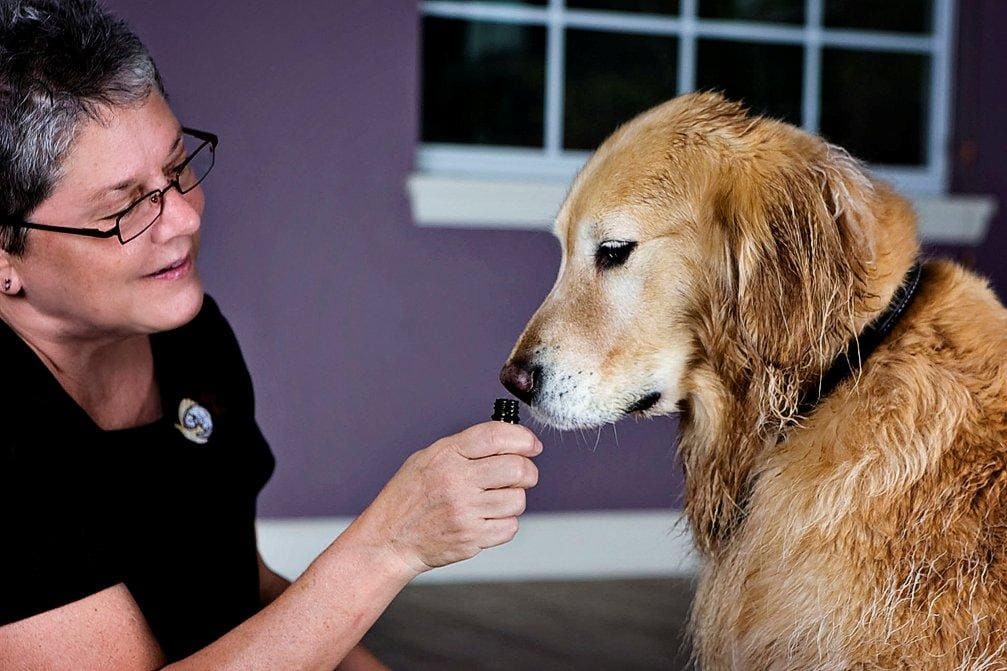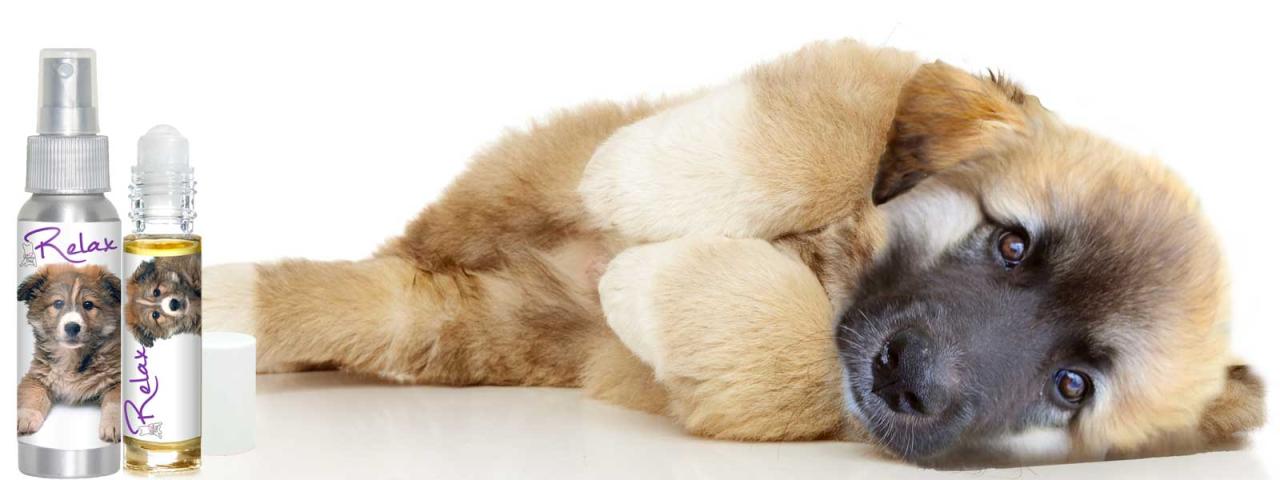In the realm of canine well-being, aromatherapy emerges as a gentle and effective approach, offering a symphony of scents to soothe, heal, and rejuvenate our furry companions. From calming anxiety to alleviating pain, essential oils unlock a world of natural remedies, inviting us to explore the therapeutic powers of nature for our beloved dogs.
Aromatherapy for dogs is not merely a trend; it’s a holistic practice rooted in ancient traditions, backed by modern research. By harnessing the aromatic compounds found in plants, we can create a safe and effective way to support our dogs’ physical, emotional, and behavioral health.
Essential Oils for Dogs

Essential oils are concentrated plant extracts that have been used for centuries in aromatherapy. While some essential oils are safe for dogs, others can be toxic. It is important to do your research before using essential oils with your dog.
Here is a list of essential oils that are generally considered safe for dogs:
- Lavender oil: Calming and relaxing
- Chamomile oil: Calming and soothing
- Frankincense oil: Anti-inflammatory and pain-relieving
- Myrrh oil: Antiseptic and antifungal
- Tea tree oil: Antibacterial and antifungal
It is important to note that even safe essential oils can be toxic to dogs if they are used in high concentrations. It is always best to dilute essential oils with a carrier oil, such as coconut oil or jojoba oil, before applying them to your dog’s skin.
Dilution
To dilute essential oils for use with dogs, follow these steps:
- Choose an essential oil that is safe for dogs.
- Add 2-3 drops of essential oil to 1 ounce of carrier oil.
- Shake the mixture well.
- Apply the diluted essential oil to your dog’s skin, avoiding the eyes and mouth.
Aromatherapy Techniques for Dogs

Aromatherapy, the practice of using essential oils to promote well-being, can be a safe and effective way to enhance your dog’s health and happiness. Various techniques can be used to deliver the therapeutic benefits of essential oils to dogs, each with its unique advantages and considerations.
Diffusion
Diffusion involves dispersing essential oils into the air using a diffuser. This method allows the oils to be inhaled by the dog, providing respiratory and emotional benefits. It is a non-invasive technique that can be used in larger areas, making it suitable for multiple dogs or households.
Topical Application
Topical application involves diluting essential oils in a carrier oil, such as coconut or jojoba oil, and applying them directly to the dog’s skin. This method allows for targeted treatment of specific areas, such as skin irritations or muscle soreness.
However, it is important to use caution and consult with a veterinarian before applying essential oils topically to your dog, as some oils can be toxic if ingested.
Massage
Massage is a relaxing and therapeutic technique that can be combined with aromatherapy. By diluting essential oils in a carrier oil and gently massaging them into the dog’s skin, you can promote relaxation, relieve muscle tension, and improve circulation. Massage can also help to distribute the essential oils more evenly throughout the body.
Creating an Aromatherapy Blend for Dogs

Customizing an aromatherapy blend for your dog can be a rewarding experience that caters to their unique needs and preferences. By carefully selecting essential oils and following specific guidelines, you can create a blend that promotes their well-being and enhances their quality of life.
Essential Oil Combinations
When creating a blend, consider your dog’s specific ailments or desired outcomes. Here are some common essential oil combinations for different purposes:
- Calming and Relaxing:Lavender, chamomile, or valerian root
- Anti-Inflammatory:Frankincense, turmeric, or ginger
- Antibacterial:Tea tree oil, eucalyptus, or oregano
- Energizing:Peppermint, rosemary, or lemon
Importance of High-Quality Essential Oils
The quality of essential oils is crucial for the safety and effectiveness of your blend. Choose oils that are 100% pure, therapeutic-grade, and sourced from reputable suppliers. Avoid synthetic or diluted oils, as they may contain harmful chemicals or be ineffective.
Aromatherapy for Specific Dog Conditions
Aromatherapy can be a gentle and effective way to address common health issues in dogs, such as anxiety, stress, pain, and skin problems. By using essential oils that are safe for dogs and applying them through various techniques, pet owners can provide their furry friends with natural relief and support.
It’s important to note that while aromatherapy can be beneficial, it should not replace veterinary care. If your dog is experiencing severe or persistent symptoms, always consult with a veterinarian to determine the underlying cause and receive appropriate medical treatment.
Anxiety and Stress
- Essential oils: Lavender, chamomile, ylang-ylang, bergamot
- Aromatherapy techniques: Diffusing essential oils in a calm environment, applying diluted oils to the dog’s collar or bedding, or giving a gentle massage with diluted oils
Pain
- Essential oils: Frankincense, myrrh, peppermint, eucalyptus
- Aromatherapy techniques: Applying diluted oils to sore muscles or joints, using a warm compress with diluted oils, or diffusing oils in a relaxing environment
Skin Problems
- Essential oils: Tea tree, lavender, rosemary, chamomile
- Aromatherapy techniques: Adding a few drops of diluted oil to a warm bath, applying diluted oils to affected areas, or using a diffuser to purify the air
Aromatherapy and Dog Behavior
Aromatherapy has emerged as a complementary therapy that can potentially influence dog behavior. Essential oils, extracted from plants, possess aromatic compounds that can interact with a dog’s olfactory system and nervous system, affecting their emotional and behavioral responses.
Specific essential oils have been associated with calming effects, such as lavender and chamomile. These oils can help reduce stress, anxiety, and hyperactivity, promoting relaxation and tranquility in dogs. Conversely, essential oils like rosemary and peppermint are known to have stimulating properties, increasing alertness and focus.
Calming Effects of Aromatherapy
- Lavender:Its soothing and calming effects can help reduce stress, anxiety, and hyperactivity.
- Chamomile:Possesses sedative properties that can promote relaxation and sleep.
- Valerian root:Known for its calming and sedative effects, it can help reduce anxiety and restlessness.
Promoting Positive Behavior
Essential oils can also contribute to promoting positive behavior in dogs. For instance, diffusing citrus scents like orange or lemon can uplift their mood and increase their energy levels. Oils like ylang-ylang and bergamot have been shown to enhance feelings of joy and contentment.
Importance of Observation
It is crucial to observe your dog’s behavior when using aromatherapy. Different dogs may react differently to essential oils, and the dosage and frequency should be adjusted accordingly. Start with low concentrations and gradually increase them based on your dog’s response.
If you notice any adverse effects, such as excessive drowsiness or agitation, discontinue use and consult a veterinarian.
Final Summary
As we conclude our exploration of aromatherapy for dogs, let us remember that every dog is unique, and their response to essential oils may vary. It is always advisable to consult with a veterinarian before using essential oils with your dog, especially if they have any underlying health conditions.
With careful consideration and a touch of patience, aromatherapy can become a valuable tool in your dog’s wellness routine, offering a gentle and natural way to promote their overall well-being and create a harmonious bond between you and your furry friend.